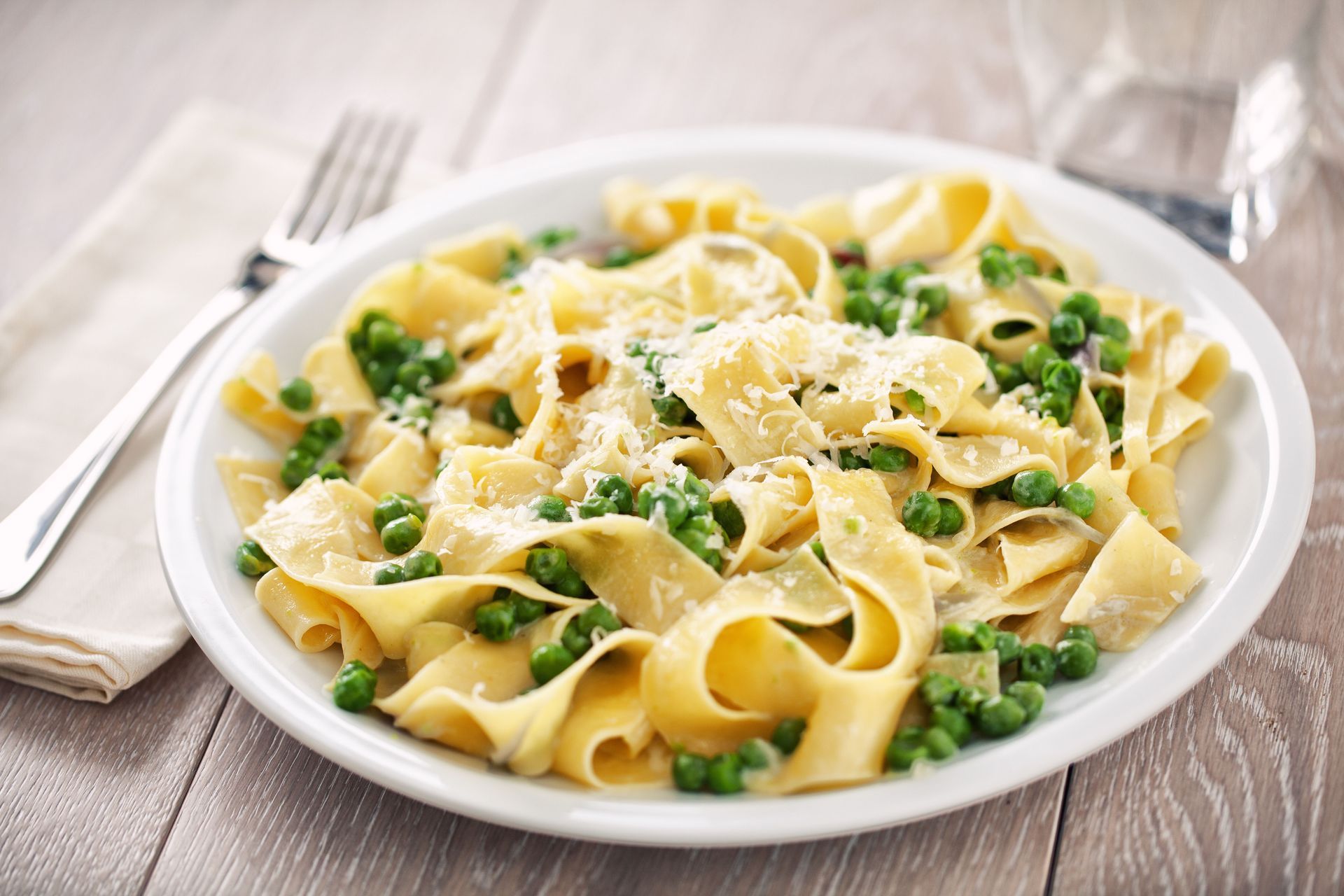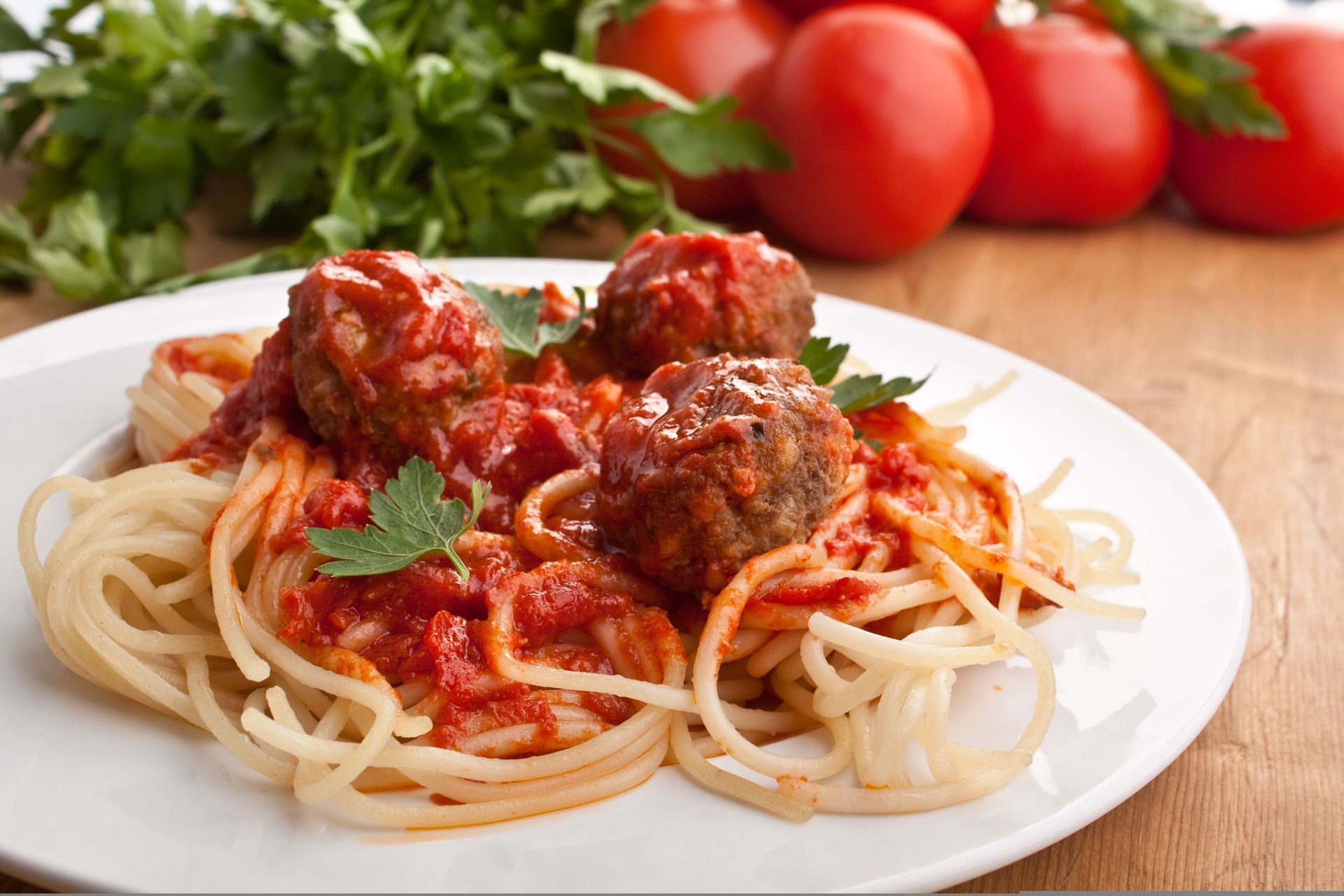How Italian Food Became the World’s Favorite Cuisine
Italian cooking is more than just food—it’s a celebration of life, family, and tradition. It begins with humble, high-quality ingredients, from olives and tomatoes to fresh cheese and pasta, and is elevated by centuries-old culinary wisdom. Today, Italian food, from simple pasta and pizzas to the rich ritual of coffee and wine, is woven into global culture. Let's explore how this culinary tradition emerged, evolved, and adapted to reach every corner of the world.
Ancient Foundations
The roots of Italian cuisine lie in Ancient Rome, where simple ingredients and communal meals were ideals. Romans relied on vegetables, grain, cheese, and meat, giving rise to dishes based on robust, earthy flavors. These early culinary habits emphasized balance and freshness—principles that still define Italian cooking. Their banquets often featured multiple courses, harmonious combinations of flavors, and handcrafted bread, patterns that persist in regional cuisine across generations.
Renaissance Influences
The Renaissance marked a transformative period in Italian gastronomy, fueled by art, exploration, and innovation. As explorers introduced foreign spices, fruits, and techniques to Italy, food navigated a new creative pathway. Culinary writing blossomed, with stylish cookbooks and lavish feast menus. Wealthy families hosted multi-course meals, blending elegance and artistry. Modern Italian cuisine belongs to this tradition of culinary exploration and presentation, where taste and aesthetics walk hand in hand.
Regional Diversity
Italy is a tapestry of distinct culinary regions. Northern areas like Lombardy and Piedmont favor rich meats, cheeses, butter, and risottos, while the south celebrates olive oil, tomatoes, and fresh produce. Mountainous regions use mushrooms and game, whereas coastal areas highlight seafood and citrus. Each local tradition begins with ingredients tied to land and sea, producing foods that are at once regional and universal. This vibrant mosaic of flavors is what gives Italian cooking enduring global appeal.
Legendary Italian Dishes
Signature dishes like pasta and pizza entered the world stage by providing comfort, flavor, and adaptability. Pasta can carry anything—from rich ragu to bright vegetable sauces. Pizza, born in Naples as a humble street food, has conquered global taste buds in countless forms. Other regional creations—such as risotto, polenta, and ossobuco—demonstrate how Italian innovation can satisfy the everyday and the exceptional alike. Such dishes embody Italy’s story: regional roots that became world-renowned classics.
Techniques That Transcend Borders
Italian cooking is about more than what you eat—it’s how you prepare it. Slow cooking, fresh cheese-making, hand-rolled pasta, and preserving produce through fermentation are hallmarks of Italian craftsmanship. These techniques prioritize quality, patience, and the inherent flavor of ingredients. When chefs around the world adopt these approaches, they honor not just the methods but the mentality: authentic flavor with minimal fuss, an approach that elevates any cuisine.
Transformative Immigration Waves
In the late 1800s and early 1900s, waves of Italians crossed the Atlantic to the United States, comfortably carrying their culinary heritage with them. They crafted new culinary identities—tilting pizza toward cheese-heavy pies and altering homemade pasta with local staples. Italian food establishments grew beyond immigrant enclaves, becoming staples in cities nationwide. This generosity of flavor, combined with adaptability, made Italian cuisine a popular choice far from home.
Authenticity Meets American Adaptation
Italian-American cuisine remains a delightful hybrid of old traditions and new influences. Signature dishes emerged—chicken Parmesan, baked ziti, meatball subs—elevating classic staples into comfort food icons. These hybrid dishes honored original flavors while catering to evolving palates, helping Italian food gain an enduring foothold in mainstream American culture.
The Media’s Role in Italian Food Mythology
Italian cooking owes much of its popularity to its romantic representation in film, books, and TV. Scenes from classics like "The Godfather" and "Under the Tuscan Sun" highlight meals as acts of love and togetherness. Food celebrities like Giada De Laurentiis, Mario Batali, and Marcella Hazan redefined cooking shows, bringing Italian traditions into kitchens everywhere. This media exposure mythologized Italian food as soulful, wholesome, and deeply connected to life’s simple pleasures.
Global Ingredient Revolution
The tastes of Italy are now virtually universal. Olive oil, once a Mediterranean staple, is a global pantry must-have. Tomatoes, which reevaluated the flavor profile of every sauce, salad, and soup, are vital in cuisines well outside Italy. Parmesan and mozzarella, each with distinctive textures and complexity, are no longer niche imports but kitchen essentials. Pasta has become ubiquitous—from gourmet Italian eateries to instant bowl meals—proving the universal comfort of Italian form and flavor.
Coffee, Espresso, and Wine: Liquid Ambassadors
Italian influence reaches beyond the table into cups and glasses. Espresso spawned café-culture trends in cities worldwide, while cappuccinos, macchiatos, and lattes became household names. Italian wines’ global prestige—Chianti, Barolo, Prosecco—continues to underscore the country’s winemaking mastery. These beverages carry the spirit of Italy: conviviality, ritual, and savor in every sip. From morning coffee rituals to celebratory wine toasts, these drinks reflect Italy’s deep-rooted appreciation for life’s simple pleasures. Whether enjoyed in a bustling café or a quiet family gathering, they offer a taste of Italian culture in every pour.
Core Values: Freshness, Simplicity, Seasonality
Italian cooking isn’t about flamboyance—it’s about impeccable ingredients and care. A few quality elements, treated with respect, can yield immense flavor. Meals highlight seasonality and locality, ensuring produce is at its peak. According to TouchBistro, 58% of diners consider food quality the top priority when eating at a restaurant, which aligns closely with the Italian commitment to freshness and simplicity. This philosophy also underpins the Slow Food movement—born in Italy—which encourages mindful cooking and generosity over mass industrialization.
Innovation That Honors Tradition
Italian cuisine remains dynamic, reimagined in new formats and venues—sushi pizza, avocado bruschetta, gourmet arancini. Classic plate presentations are subtly updated to entice modern tastes, while street food joints serve suppli and focaccia to fast-moving crowds. Michelin-starred chefs honor tradition by experimenting with avant-garde plating or technical balance. Whether through fusion cuisine or upscale interpretation, Italy’s culinary essence endures and adapts gracefully.
Festivals, Street Food, and Cultural Celebrations
Italian food is best experienced at festivals and street markets. Events like the Alba truffle fair or local olive-blossom festivals celebrate seasonal treasures. Global Italian culinary weeks and food expos highlight pasta, wine, and gelato. Street food—arancini, porchetta sandwiches, pizza al taglio—traces the history of Italian tradition in bite-sized, portable form for the modern world.
A Culinary Enduring Legacy
The story of Italian cuisine is one of respect: for the land, products, techniques, and communal joy. Its global ascent is rooted in simple ingredients treated with care, anchored in cultural ritual, and open to creative expansion. From familial kitchens to five-star restaurants, Italian food remains a testament to timelessness, flavor, and connection—an art form that feeds both body and spirit, and reminds us of the warmth of gathering around a shared table.
In every bite of Italian food lies a story of ancient traditions, regional diversity, global adaptation, and heartfelt hospitality. It’s a cuisine that continues to evolve without losing its essence: a reverence for simplicity, seasonality, and shared experience. From rustic Roman kitchens to bustling American pizzerias and elegant trattorias across the globe, Italian cooking endures because it speaks a universal language of comfort, quality, and joy. As diners increasingly seek authentic, flavorful, and meaningful meals, Italian cuisine stands as a timeless reminder that the best food connects us, not only to culture and history, but to one another.
Ready to experience the heart of Italian food for yourself? Join us at Acquario Italian Restaurant, where tradition, flavor, and hospitality come together in every dish.




Share On: